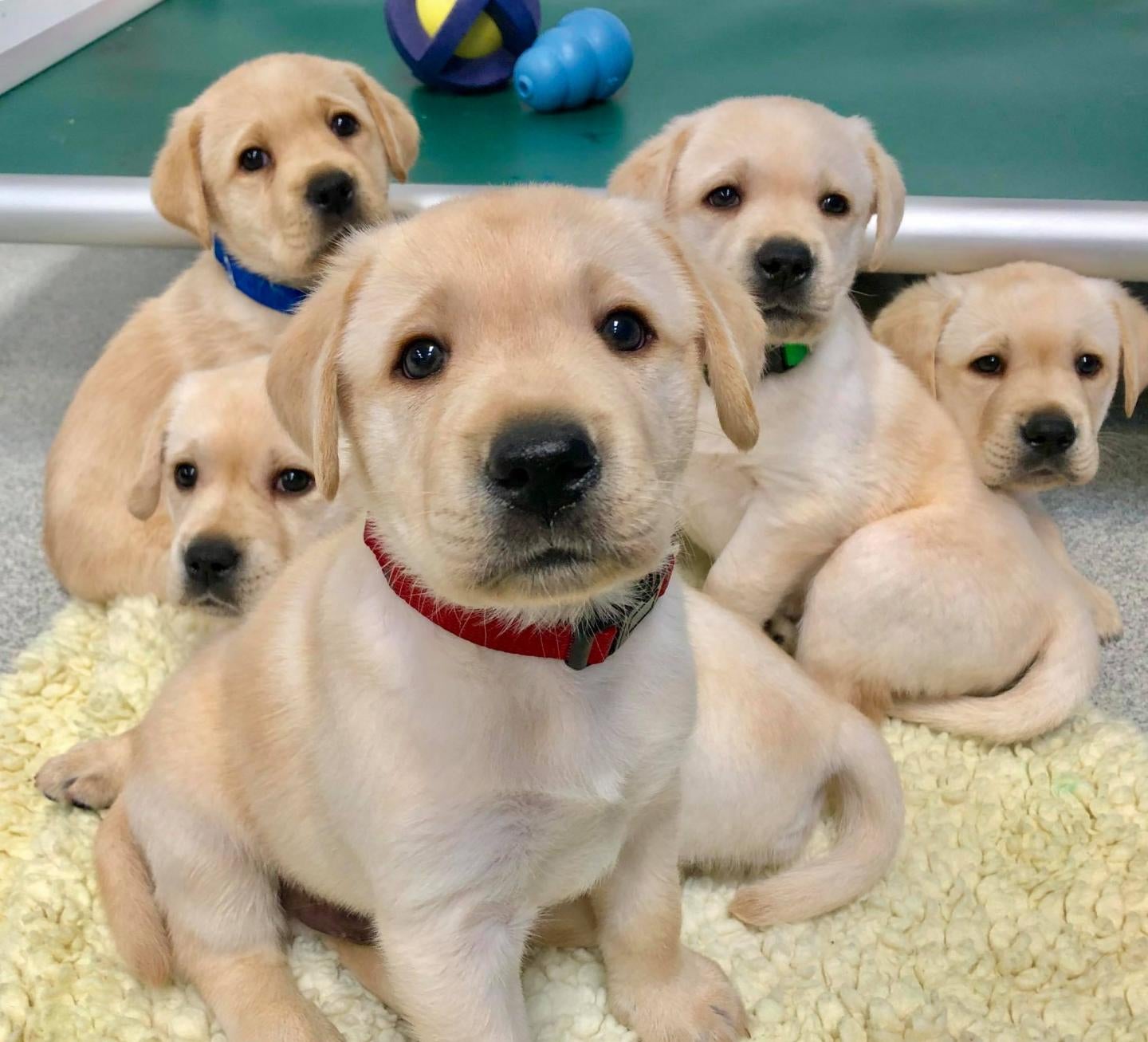New research published this week suggests that dogs are born to understand people, at least to some extent. The study showed that 8-week-old puppies preparing to become service dogs were already capable of communicating with humans, even without formal training. Moreover, they found that genetics played a large role in determining how well these puppies did on certain tasks of communication.
The fate of dog and man has been entwined for millennia (exactly how long is still a mystery, with estimates ranging from 14,000 to 40,000 years ago). Along the way, dogs have evolved in response to the partnership they’ve formed with us. In more recent centuries, we’ve also purposefully bred dogs to become capable of performing specific tasks or to achieve a specific look and temperament, though not always to the benefit of the dogs themselves.
One clear way dogs have evolved is in their ability to communicate with humans. Dogs have become astonishingly good at understanding our body language and responding to our gestures, probably more so than any other species in the world, including our closest ape relatives. But exactly how this ability develops is still something of a mystery, according to lead study author Emily Bray, a post-doctoral research associate at the University of Arizona’s Canine Cognition Centre.

“Is it because, over the course of domestication, these sorts of skills have been selected for, and dogs are now set up to be receptive to our communication from shortly after birth?” Bray wrote to Gizmodo in an email. “Or is the acquisition of these skills really just dependent upon learning and the experiences that dogs accrue over their lives, given that they grow up in such close proximity to us humans?”
To help find out, Bray and her team studied 375 trainees from the California-based service dog organisation Canine Companions. These pups are eventually put through an extensive training to become service animals, which obviously involves lots of one-on-one interaction with humans. But at the 8-week mark, they still live with their litter and only briefly interact with people, and their recent genetic ancestry (or pedigree) is well documented, both of which made them ideal test subjects for the team.
The puppies were given established tests of human-dog communication, such as a task that had people point to where hidden food could be found (the test was designed to not allow dogs to simply sniff out the food), or another test that measured their willingness to hold eye contact with people.
The team found that even at 8 weeks and right from the very first trial, most puppies could understand that a person looking at them, saying “puppy look!”, and pointing meant something, and they managed to find the food. They also tended to reciprocate a person calling out to them in baby talk while staring into their eyes and held the person’s gaze. Overall, the team estimated that genetics could explain more than 40% of the variation in a dog’s capacity to follow the finger-pointing.

The findings, published Thursday in Current Biology, “are the first direct evidence that a large proportion of variation in dog social cognition is heritable, and thus has a strong genetic basis,” Bray said. “If similar heritable variation was present in the wolf populations that gave rise to dogs (thousands of years ago), these social communicative skills would have had strong potential to undergo rapid selection.”
The current study is part of a larger project Bray and her colleagues have been conducting, studying these service dogs trainees as they grow up. So far, other research of theirs has suggested that especially attentive puppies continued to be very attentive as 2-year-old adults, further cementing the influence of genetics. The dogs are also being tracked to see whether early success in the team’s tests actually correlates to a higher graduation rate as service dogs. And the implications of the team’s research may extend even further.
“Now that we know there is a strong heritable component to these social-communicative skills, the next step is to see if we can identify some of the specific genes that contribute to these behaviours,” said Bray. They now plan to study whether there are certain genetic markers that could predict a dog’s capacity for human cooperation, with the far-off hope being that it could one day be possible to tell which dogs or breeds are best suited to become service animals.
Of course, genetics is only one part of the picture that guides the behaviour of dogs (and humans, for that matter). To that end, the team is also working on a study meant to tease out how a dog’s early environment can affect their ability to translate human language, such as the parenting style of their litter mums.
